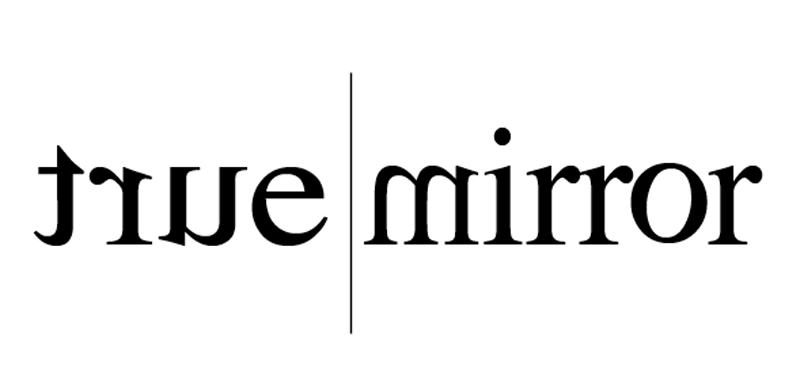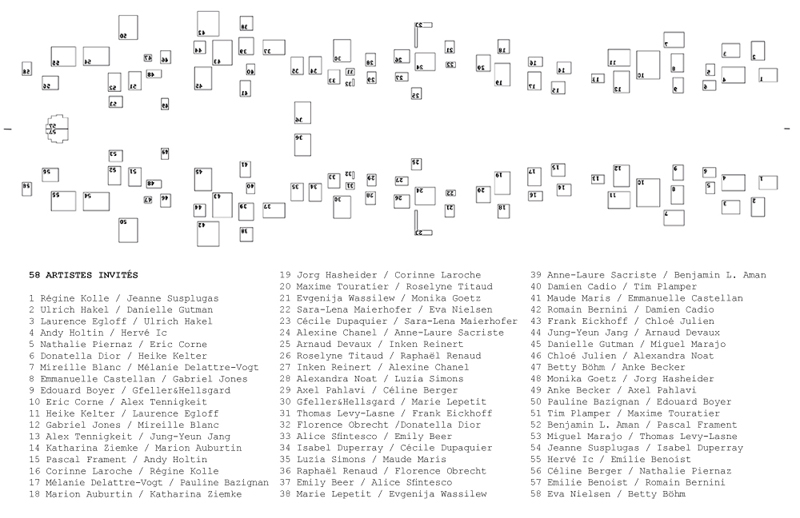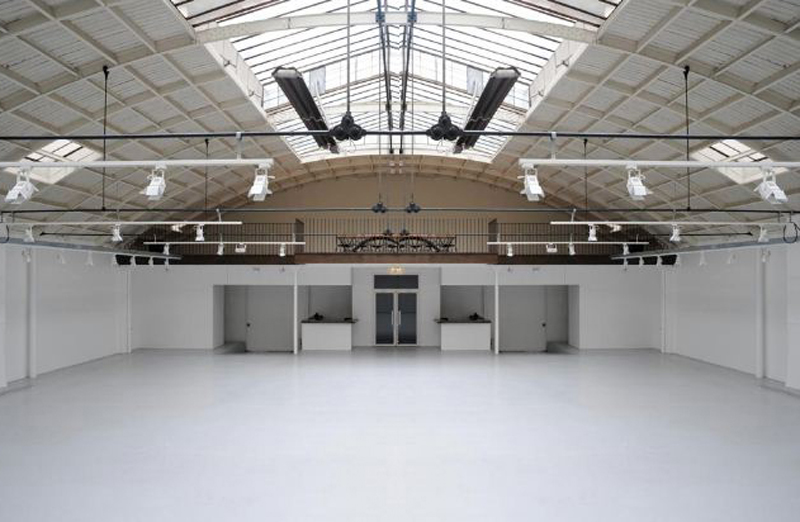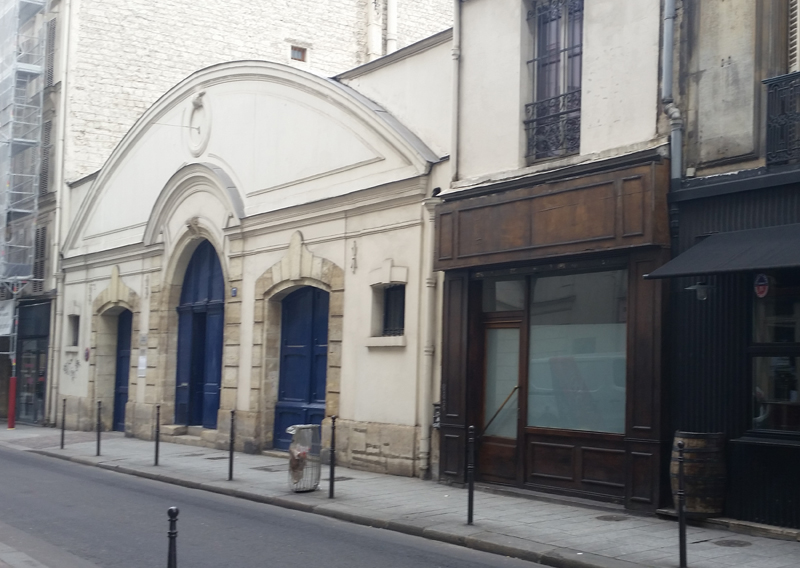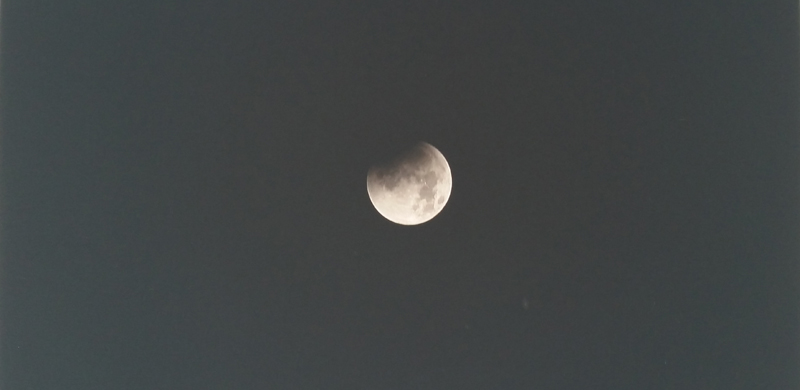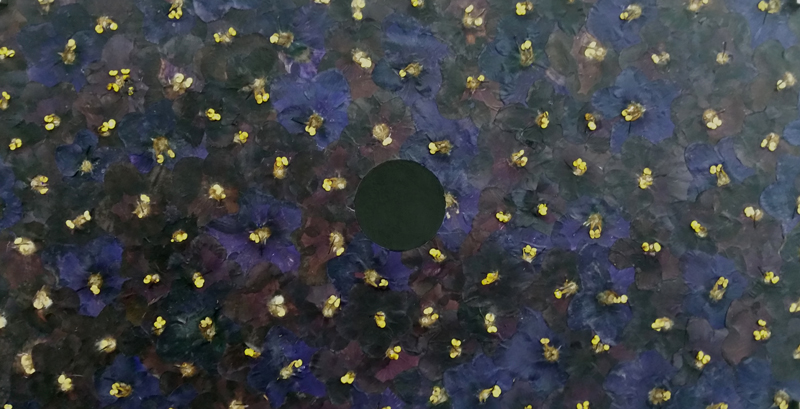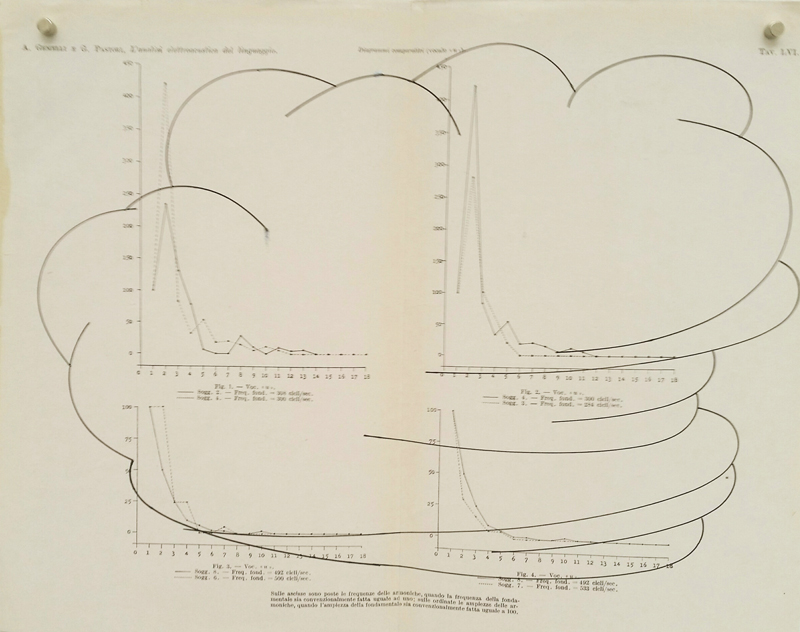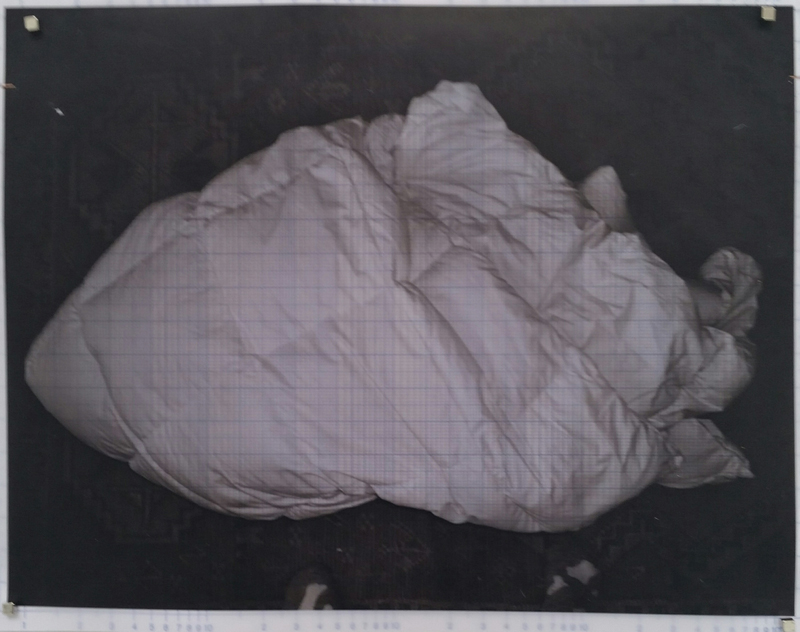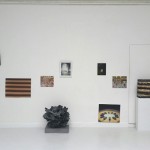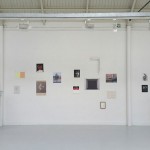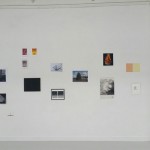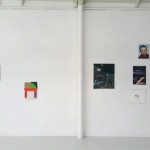On the 8th of April 2016, an extraordinary art event, True Mirror, takes place in Paris. The event is collectively organised by artists Laurence Egloff, Alexine Chanel, Alexandra Noat, Raphaël Renaud, Katharina Ziemke, Damien Cadiot as well as Mickaël Faure,curator and director of Versailles Art School. The whole group appeared as a snowball. An artist invited another one to contribute his or her work to the group collection. Altogether, a group of 58 artists from all over the world who were going to participate in the event was created.
The 58 works were shown to the artists so that each of them could choose one and then copy it. The choice of the medium was free, yet the initial format had to be followed.
The works that were copied, interpreted, and reflected on were presented to the artists without giving away the identity of the works. No information about the artists’ creative and academic background was revealed either. The works were completely decontextualised.
The related images were hung on the longitudinal walls one in front of the other in a symmetrical way in the exhibition hall.
That creates an effect of a mirror, but not in its physically reflecting sense.
2500 years ago, the Etruscans perceived the mirror as an instrument of philosophical and religious cognition of the unknown world whose phenomena they might not always explain. They regarded it namely as a gate to the unknown universe, so they engraved mythological scenes on the bronze surface placing them in an intricate order, which showed how fascinatingly impressive natural phenomena and they themselves were as perceived through the spiritual prism of their own eyes. Hence, the mirror was regarded as a mystical dimension in those days.
Since the Renaissance, the perception of physical phenomena has changed. Due to scientific progress mirrors started to be seen merely as optical instruments. Within the context of that period in the history of arts, as the human being started to be perceived as the centre of science and many of the secrets about the world were unveiled, the mirror was more and more often perceived as a scientific device.
As experiments with mirrors continued, Claude Lorrain (1600 – 1682) developed a mirror which was slightly convex. That mirror helped him to create his idealistic landscapes. Subsequently, at the height of the Enlightenment, it became popular with aristocracy who roamed around the outskirts of their estates in search of picturesque views.
Returning to our exhibition, through the opposition between the original and the copy, True Mirror, exposes another vision of the world, creates another kind of mirror by contrasting the Etruscan mirror conception with the materialistapproach that coincide in form of quotation-based and, consequently, epistemological postmodern culture.
Even a copy, being close to the original in terms of the structure and material, needs a soul and physical acquisition, a spiritual flow of an artist who produces the copy. Consequently, the works copied by the artists appeared to the surface of the world as a form of its contemplation and search of forms depicting its reality perceived subjectively.
True Mirror reflects the reflection of the reflection.
The surfaces are the horizons of soul penetration and the formal realisation. The visitor travels from wall to wall between the horizons.
Through the effect of doubling creative processes while determining the image, the work is transformed into another one of a similar type. That makes the visitor experience the complexity and diversity of the artist’s creativity and impressions.
The Etruscan mirrors of our age are particle accelerators and space-telescopes. The reflections appearing there reproduce the empirical knowledge about the unexplained as yet physical space.
The exhibition True Mirror reveals epistemological possibilities and borders through the reflection in imagination.
Jörg Hasheider, english translation: Cyril Gulevsky-Obolonski

